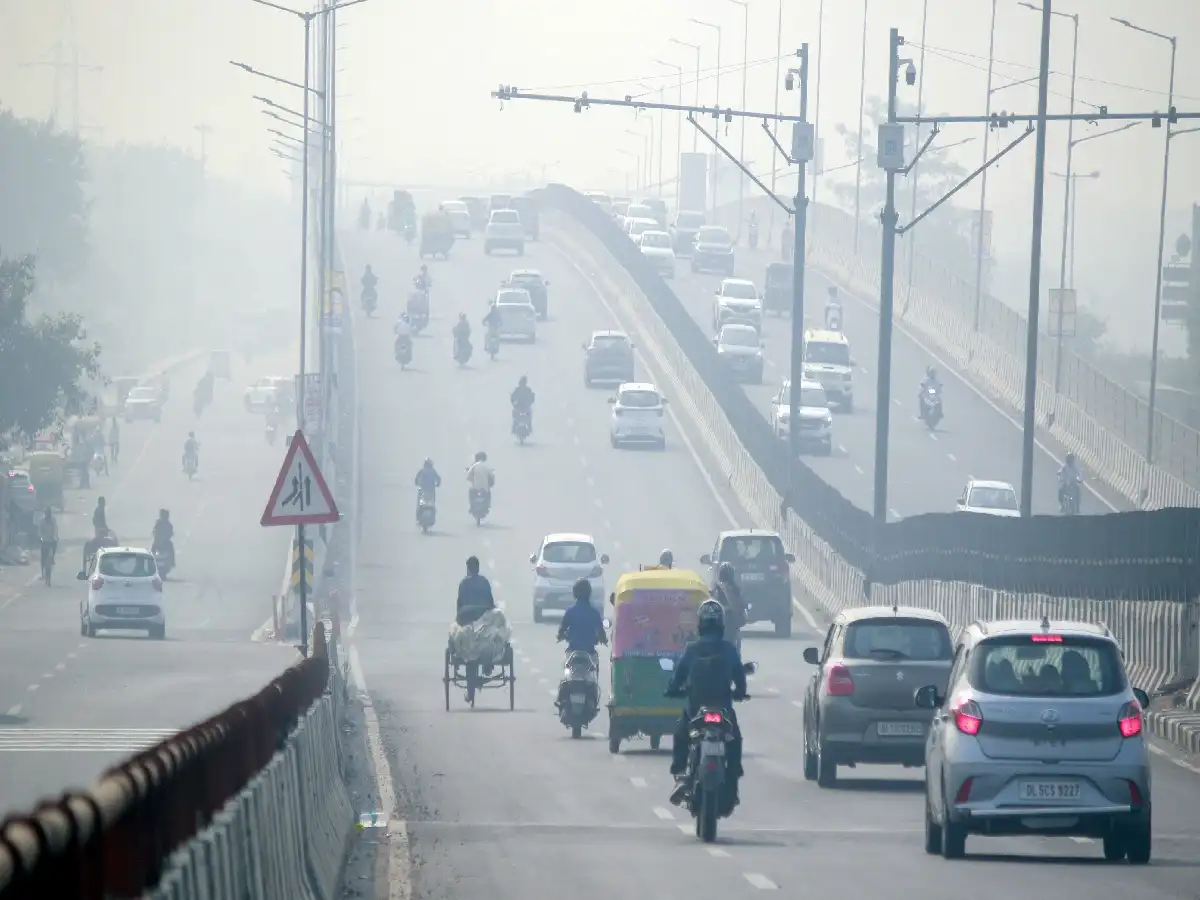Delhi’s air quality worsened after Diwali, with the Air Quality Index (AQI) readings over 400 in several sections of the national capital on Monday, placing it in the ‘ severe’ category. The Central Pollution Control Board (CPCB) reported that Anand Vihar (433), Ashok Vihar (410), Rohini (411), and Vivek Vihar (426) have AQI levels above 400. Dwarka, Patparganj, Jahangirpuri, and Punjabi Bagh all had severe’ air quality index readings.
Meanwhile, numerous portions of Delhi fell into the “very poor” category, with AQI levels above 370 in Lajpat Nagar, RK Puram, Lodi Road, and North Campus. The city’s average 24-hour AQI at dawn on Monday was 373, a significant decrease from Sunday. The Air Quality Early Warning System (EWS) warned that unfavorable meteorological conditions, such as calm breezes and low temperatures, are likely to impede pollutant dispersion.
The India Meteorological Department (IMD) predicts haze and mist during the early hours of Monday to Wednesday, with wind speeds staying below 10 kmph, exacerbating pollution levels.
Despite a reduction in stubble burning’s contribution to 15% on November 2 (down from 35% on November 1), Delhi’s AQI reached its season high on Sunday at 382, up from 316 on Saturday.
The situation in the NCR region was similarly worrying, with Noida at 305, Ghaziabad at 295, and Gurugram at 276. High AQI readings were also detected in neighboring states, including Sriganganagar (397), Hisar (372), and Bharatpur (320).
In response, the Commission for Air Quality Management (CAQM) implemented a number of measures, including the Graded Response Action Plan (GRAP), as well as penalties for polluting construction sites, cars, and industry. Road dust control activities include the daily deployment of over 600 mechanical road sweepers, water sprinklers, and anti-smog guns throughout the National Capital Region (NCR).

